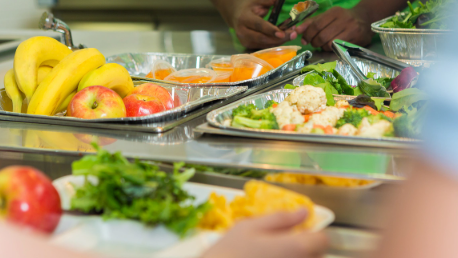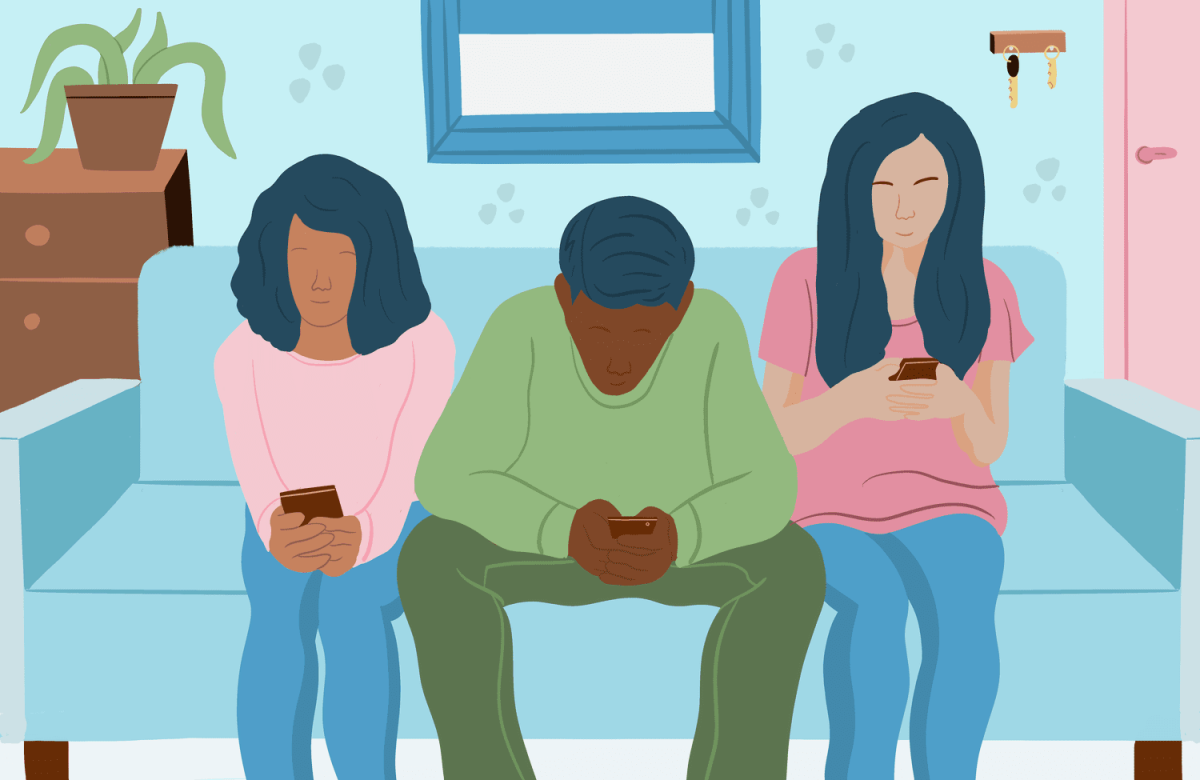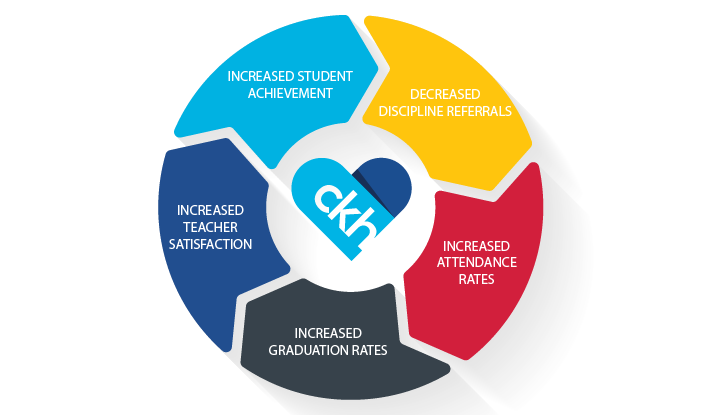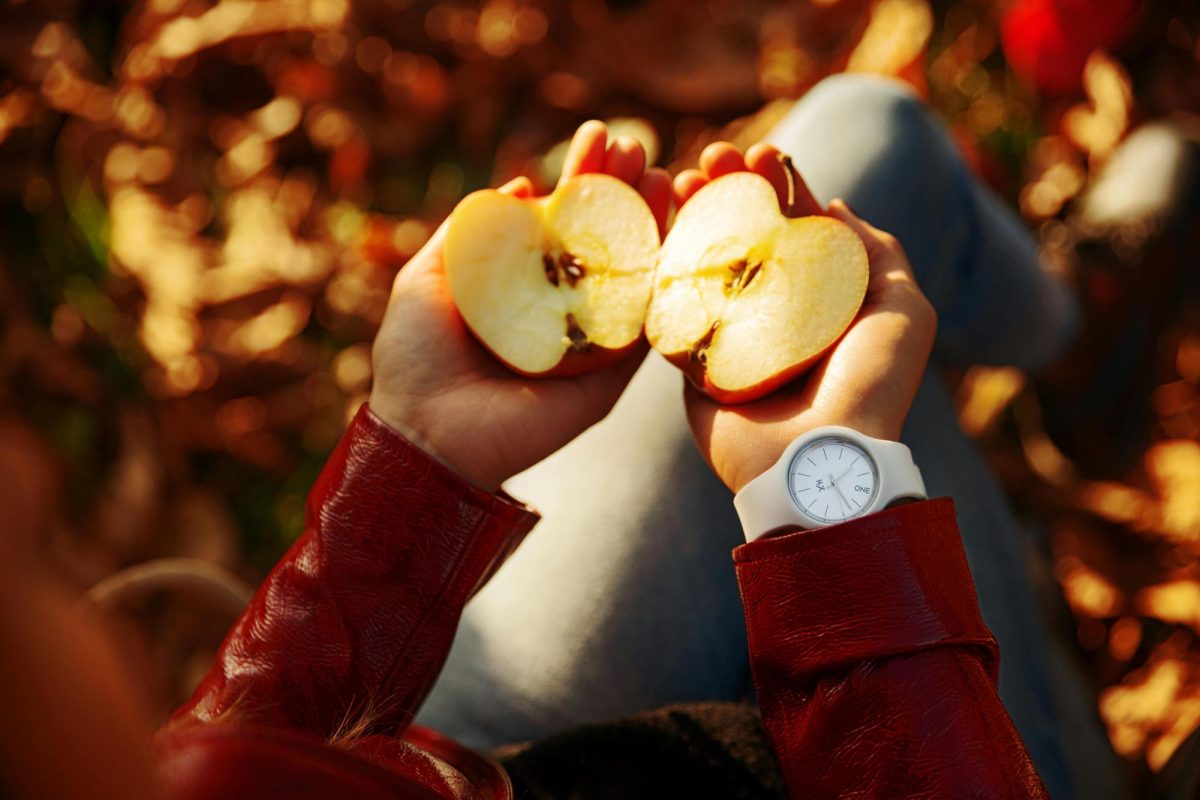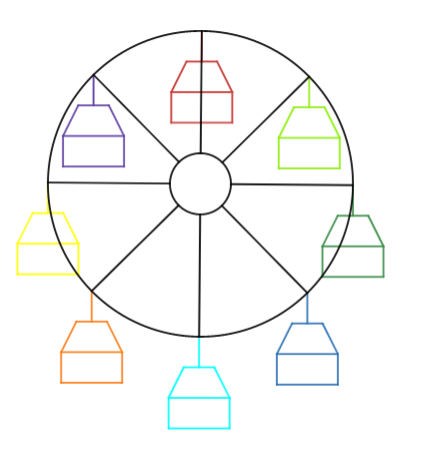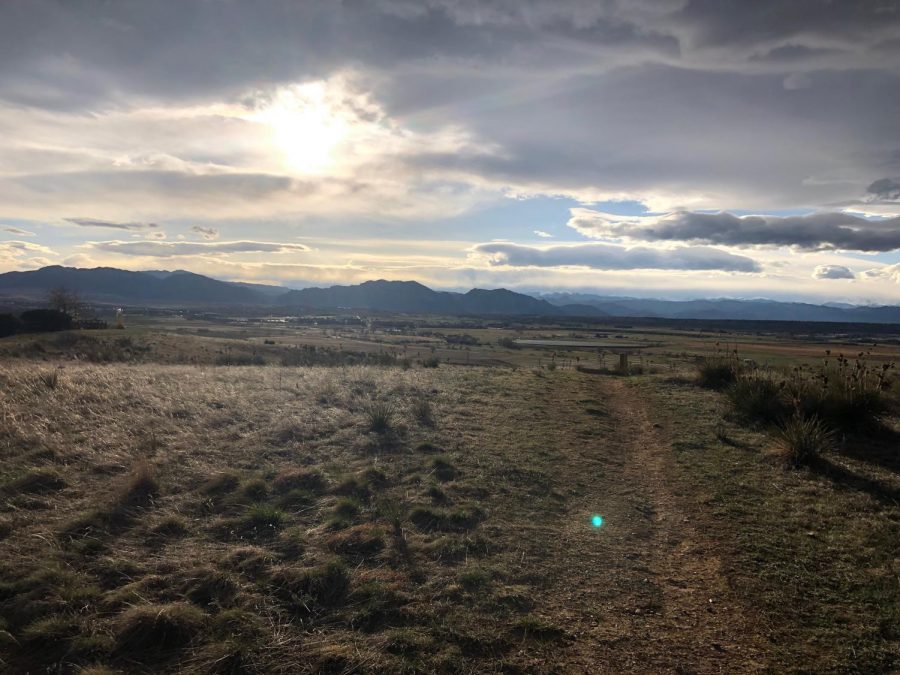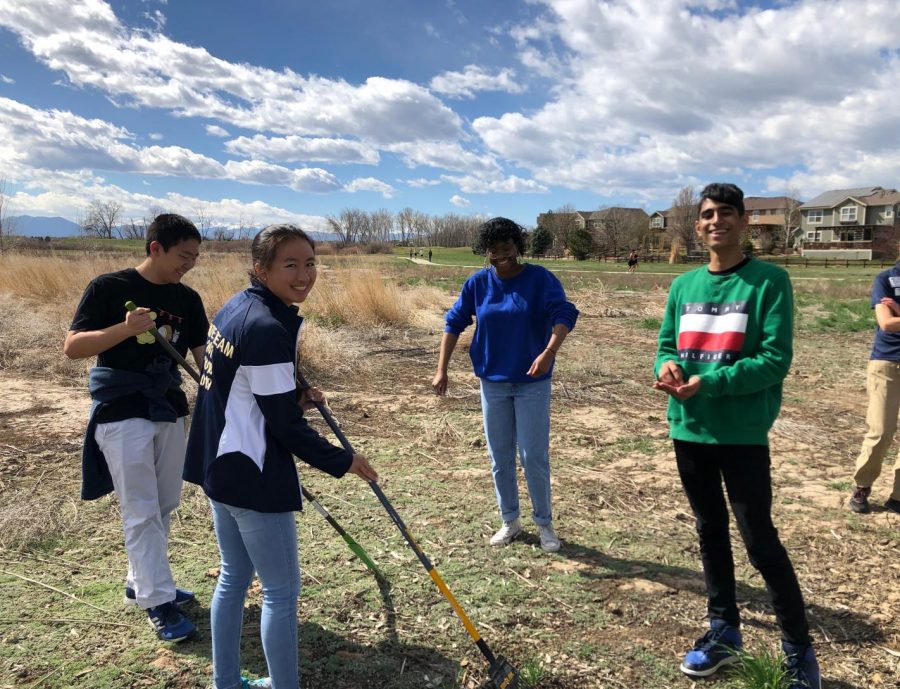Earth Day Everyday
April 23, 2019
A lot of attention has been drawn to the planet we live on with Earth Day being yesterday. From numerous posts on social media of beautiful landscape to a Google Doodle showcasing the diverse species on the planet, the celebration of Earth Day was seen everywhere.
The tradition of Earth Day began on April 22, 1970. The idea came about after Senator Gaylord Nelson witnessed the massive Santa Barbara oil spill in 1969 and was motivated to hold a nationwide teach-in on the environment. On that fateful day 49 years ago, 20 million Americans flooded the streets to protest the deterioration of the environment.
The first Earth Day created a large political impact that led to the Environmental Protection Agency, Clean Air Act, Clean Water Act, and the Endangered Species Act to be established later that year.
Today, Earth Day seems even more important with the large issue of plastic pollution at hand. With the knowledge that around 8.3 billion tons of plastic was produced since 1950 and only nine percent of that was recycled, it seems crucial that as citizens of the world we take action.
– If you need any more convincing that plastic has taken over the world, consider the following:
-The average person eats more than 70,000 microplastics per year, which equates to 100 per meal
-A plastic bag is used for an average of 12 minutes and then takes up to a thousand years to decompose leaving behind traces of microplastic
-Two million plastic bags are used worldwide each minute
-One million seabirds are killed by plastic each year
So the question that remains is… What can we do about it?
1. Choose to reuse shopping bags and water bottles! But if you’re reusing a cloth bag be sure to use that same one over and over again in order for it to offset the emissions created while making the bag.
2. Recycle properly! Paper, cardboard, bottles, and most plastics are always recyclable. Be sure to empty your bottles to avoid contaminating the other materials. Refer to the picture below for basic recycling rules. For more information visit ecocycle.org!
3. Bring your plastic bags to be recycled at grocery stores! Most stores have bins for plastic bags to be recycled (such as King Soopers).
4. Invest in reusable straws and utensils! For less than $10 you can eliminate all single-use straws and utensils from your life.
5. Replace cling wrap with reusable wax covers! Save money on buying rolls while saving the planet!
6. Last but not least, go spread the word! Small changes can make the world of a difference!
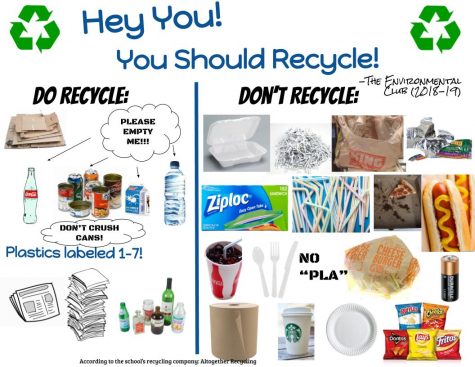
Works Cited
“22 Facts About Plastic Pollution (And 10 Things We Can Do About It).” EcoWatch, EcoWatch, 1 Apr. 2019, www.ecowatch.com/22-facts-about-plastic-pollution-and-10-things-we-can-do-about-it-1881885971.html.
Mwamba, Seneo. “10 Facts About Plastic Pollution You Absolutely Need to Know.” Global Citizen, 14 June 2018, www.globalcitizen.org/en/content/plastic-pollution-facts/.
“Plastic Pollution Facts And Solutions.” TerraMar Project, 3 May 2018, theterramarproject.org/2018/05/03/plastic-pollution-facts-and-solutions/.
“The History of Earth Day.” Earth Day Network, Earth Day Network, www.earthday.org/about/the-history-of-earth-day/.


